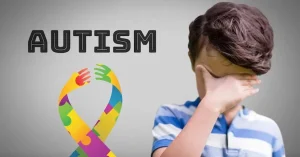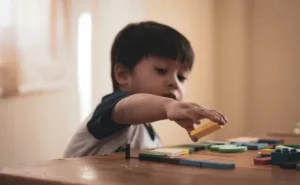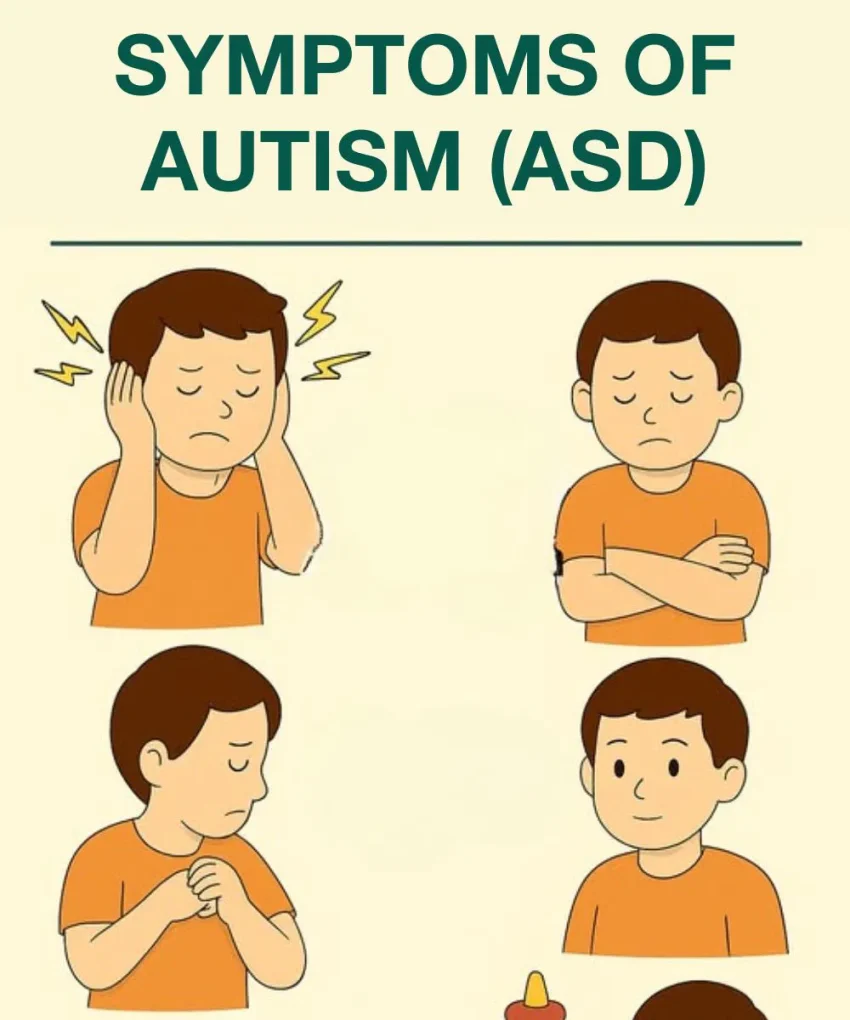Autism Spectrum Disorder (ASD) is a neurological disorder that impacts the manner in which an individual relates, interacts within the society and views the immediate environment. It is only demonstrated not in the same manner in every person, but there are some common occurrences, some common symptoms, some common diseases that we get to see that will enable us to detect it as a child.
What is ASD?
ASD is not a medical condition but a neurological disorder that remains with the person all through his or her life. It cannot be cured but with early diagnosis and proper assistance, individuals with it are able to lead complete independent and satisfying lives.
It occurs in various intensities (mild, moderate or severe) and this is why it is termed as spectrum.

Principal Signs of Autism (ASD)
One, communication issues
Individuals who are autistic may not express themselves well, maintain an open conversation, or comprehend social conventions of the language, i.e. gestures, tone or sarcasm.
2. Stintegrations (repetition)
They can persistently repeat movements (including throwing the arms or flapping the hands ), words or behaviors. Through these routines, they get security and a structure.
3. Don t make eye contact
During the conversation they avert eye contact, and this is very likely to be picked by the parents or caregivers first.
4. Narrow interests

They focus to a given topic with great concentration. Such as the learning of trains, car, dates, dinosaur or singing the same song over and over again.
Some other symptoms of ASD (not depicted on the image)
Over or under sensitivity to any sounds, light, textures or flavors.
Poor adjustment to alterations or unanticipated occasions.
Very few expressions of facial or emotion.
Poor symbolic play (i.e. acting like a box is another car).
A desire to stay alone.
Problems with the ability to interpret the feelings of other individuals (cognitive empathy).
By what means is it diagnosed?
ASD requires a multidisciplinary analysis in order to diagnose:
���ovan Clinical interviews
Behavior observation
Tests related to language and communications development
Analysis of neuropsychologists or child neuropsychologists
It is possible to do it since the age of 18 months and the earlier it is detected, the better the intervention tools will be.
Help and care

Even though it cannot be cured, early treatment in the form of speech, occupational, sensory, and emotions-promoting therapies can cause a tremendous difference in the life of individuals with ASD.
Some types of assistance:
Ready distinct routines
Applied behavior analysis (ABA Therapy)
Special education that is adapted
Emotional support of the family
Increasing the environments of inclusion in schools and communities
Conclusion
Neither is autism a tragedy. The actual tragedy is in not having recognized it at an earlier point, not having offered care and not recognizing neurological diversity.
